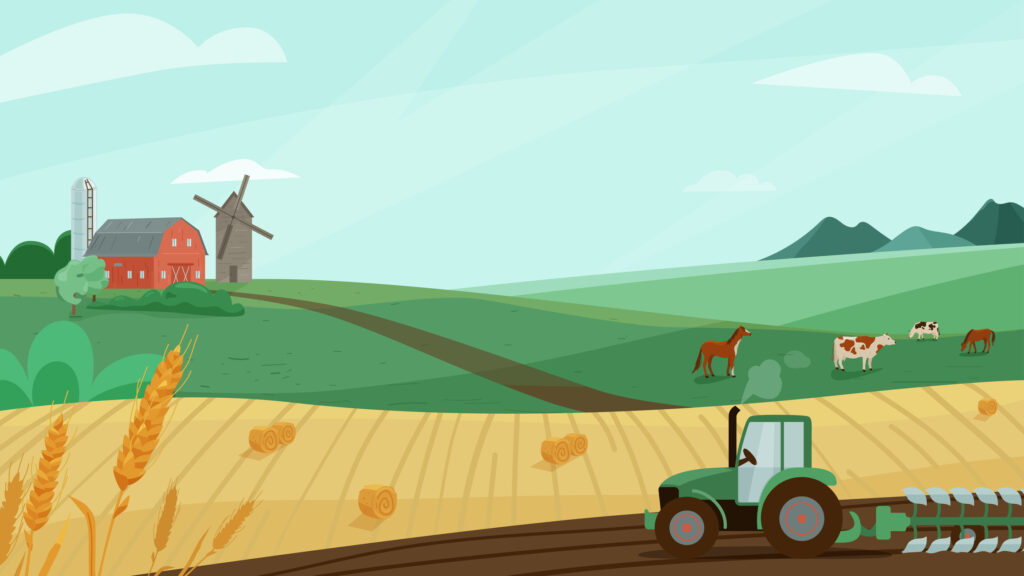
Grades K-2, 3-5
Happy EconEdMonth! Celebrate economics all month long by visiting EconEdMonth.org

Don't have an account yet? Sign up for free
Don't have an account yet? Sign up for free

Through the use of a historical timeline of the capital investments made by the company the resulting benefits will be examined. The benefits from the capital investments of Herr Foods, Inc. will be related to their effect on the standard of living. Then students will visit one of three websites, select an innovation/invention of their choice to analyze in terms of its impact on productivity and the standard of living. Finally, the teacher will select one invention/innovation from a designated website and have students analyze it in the same economic terms as the focus of this lesson and write an essay summarizing the innovation/invention.
| Part 1 | https://preview2.econedlink.org/resources/capital-chips-part-2/ | Part 3 |
Productivity is a measurement of output resulting from the use of productive resources or inputs. It refers to the amount of output per unit of input over a period of time. An increase in productivity may mean producing the same amount with fewer inputs, producing more output with the same inputs, or a combination of the two. Companies look for ways to maintain and increase the level of productivity in order to remain competitive while maintaining profits. One way of accomplishing this is through investing in capital goods such as machines, tools, and new ideas used in the production process. Technological improvements in capital goods are a leading cause of increase in productivity.
After completing the following activities, your students will develop a better understanding of the economics associated with productivity. In the first activity your students will explore the concepts that are connected to productivity. In the second activity your students will investigate the Herr’s Potato Chips, a company that is constantly working at incorporating new techniques to satisfy the customer. Finally, in the third activity your students will use the Internet to search for inventors and inventions. Their task is to find an invention they would like to learn more about and learn how that invention improves its environment. After your students complete all three parts to this lesson they will find a series of questions that will explore what they have learned from Capital Chips about productivity.
Part 1 Introduction
Your students are going to be a web hunters today. Their mission will be to use the sites provided to explore the requested concepts. Wish them good luck on their mission!
First you will instruct students to open the version of the worksheet you have chosen to use.
 |
PDF Interactive Worksheet |
| PDF Print Worksheet |  |
Once the students have the worksheet available, instruct them to use the list of on-line glossaries below to fill in definitions for each of the terms on the worksheet above. They will not find all the definitions at one site.
If the students are using the PDF interactive worksheet, have them click on the terms when they are finish filling in the terms. The terms will lead them to pages with the information given below. If the students are not using the PDF interactive worksheet you may want to elaborate the definitions with the information below.
When the students are satisfied with their definitions have them print out the worksheet.
The students have spent some time investigating the defections of the terms on your worksheet. Now that the students have these definitions they will be able to apply them to the activities in the following lessons.
| Part 1 | https://preview2.econedlink.org/resources/capital-chips-part-2/ | Part 3 |

Grades K-2, 3-5

Grades K-2, 3-5

Grades K-2

Grades 9-12
